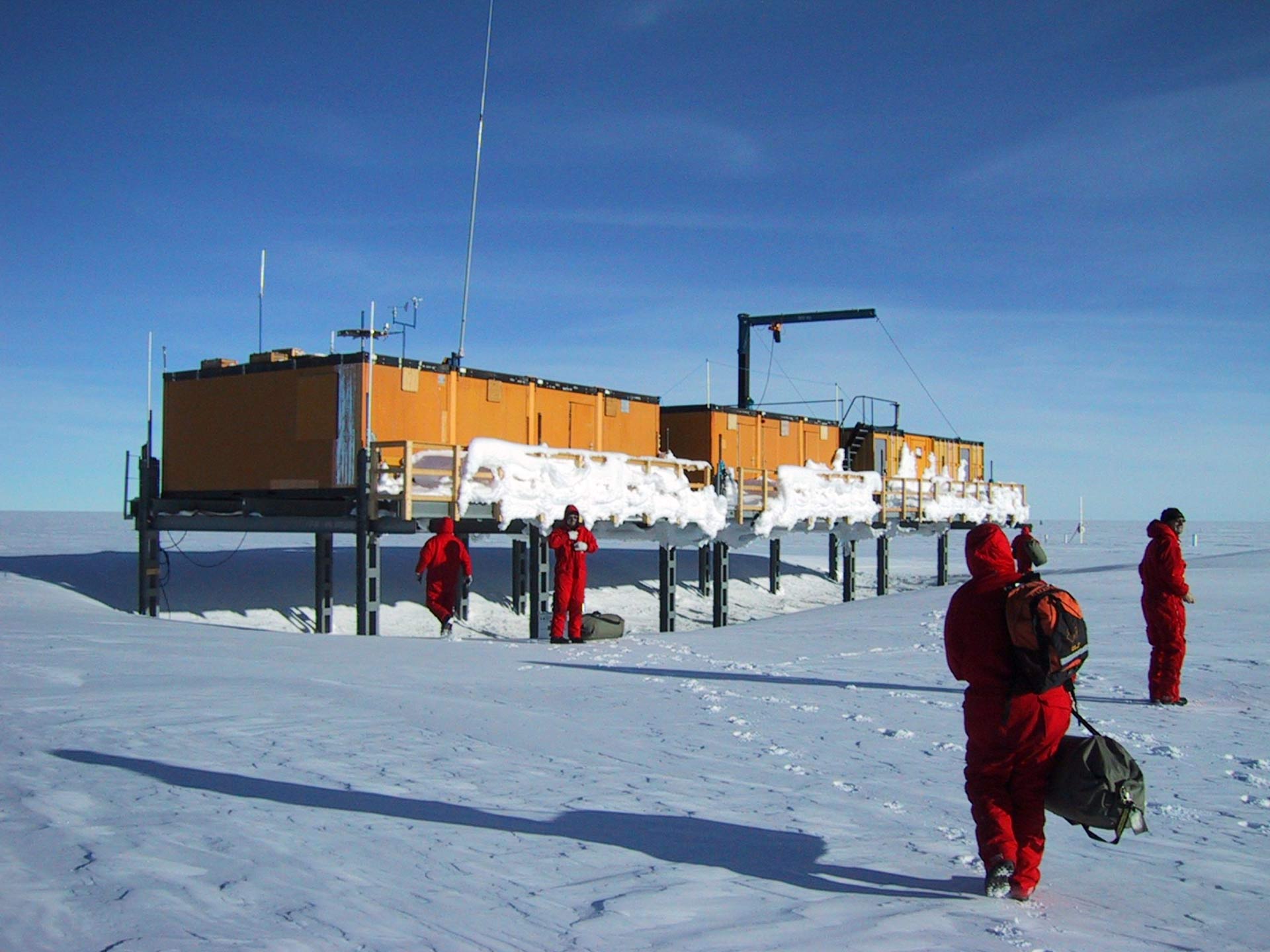
We are made of starstuff, Carl Sagan once said, and new findings from Antarctica show that to be literally true in some cases. A rare isotope of iron, called iron-60, is formed when a star explodes in a supernova. And recently, scientists found traces of iron-60 in fresh snow in Antarctica.
Iron-60 has a half-life of 2.6 million years, so it is extremely long lived. And it has been found on Earth before in rare instances, such as deep in the Earth’s crust or on the seabed. It was also detected in samples gathered from the moon by the Apollo 12, 15, and 16 missions. But scientists wanted to know if it was still being deposited on the Earth’s surface, so they looked at the untouched snow of Antarctica.
“We wondered where we might possibly find further iron-60 deposits from stellar explosions in the past as the Solar System is just passing through a denser interstellar environment,” lead author Dr. Dominik Koll of the Australian National University explained in a statement. “This was a difficult undertaking since the fine dust from the cosmos is usually lost in nature. We believed, however, that it might be possible to detect the dust in the pure snow of the Antarctic. So we got our spades out and shoveled snow.”
The researchers collected 500 kg of snow from near the Kohnen Station and analyzed it, finding at least 5 atoms of iron-60. Further testing showed the isotope did not originate from an Earth-bound source such as the Fukushima nuclear reactor accident or nuclear weapons tests. “The radioactive isotopes must originate from far-distant stellar explosions,” they concluded.
This is particularly relevant as the iron-60 could not have landed millions of years ago, as was the case with previous findings of iron-60. The snow in Antarctica was less than 20 years old, so the Earth must still be collecting particles from supernova explosions which happened thousands or millions of years ago.
The researchers believe the iron-60 could not have come from a very distant supernova as it would be too depleted to reach our planet. Instead, they think it comes from a nearby interstellar dust cloud like the Local Interstellar Cloud. Our solar system entered this dust cloud 40,000 years ago, so to test this theory scientists will look at ice cores which are more than 40,000 years old. If they don’t contain any iron-60, it would be likely the we have correctly identified the dust cloud as the source of the iron-60.



